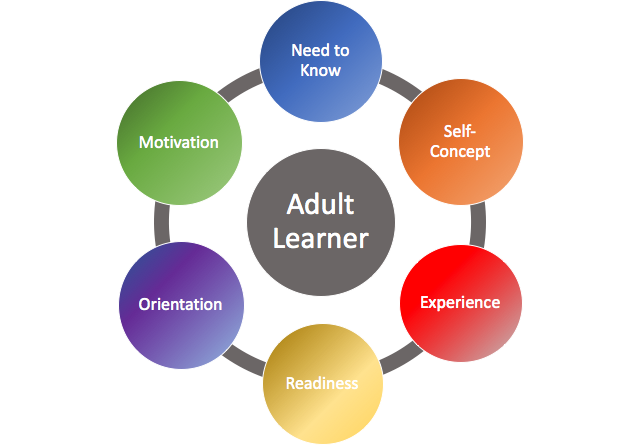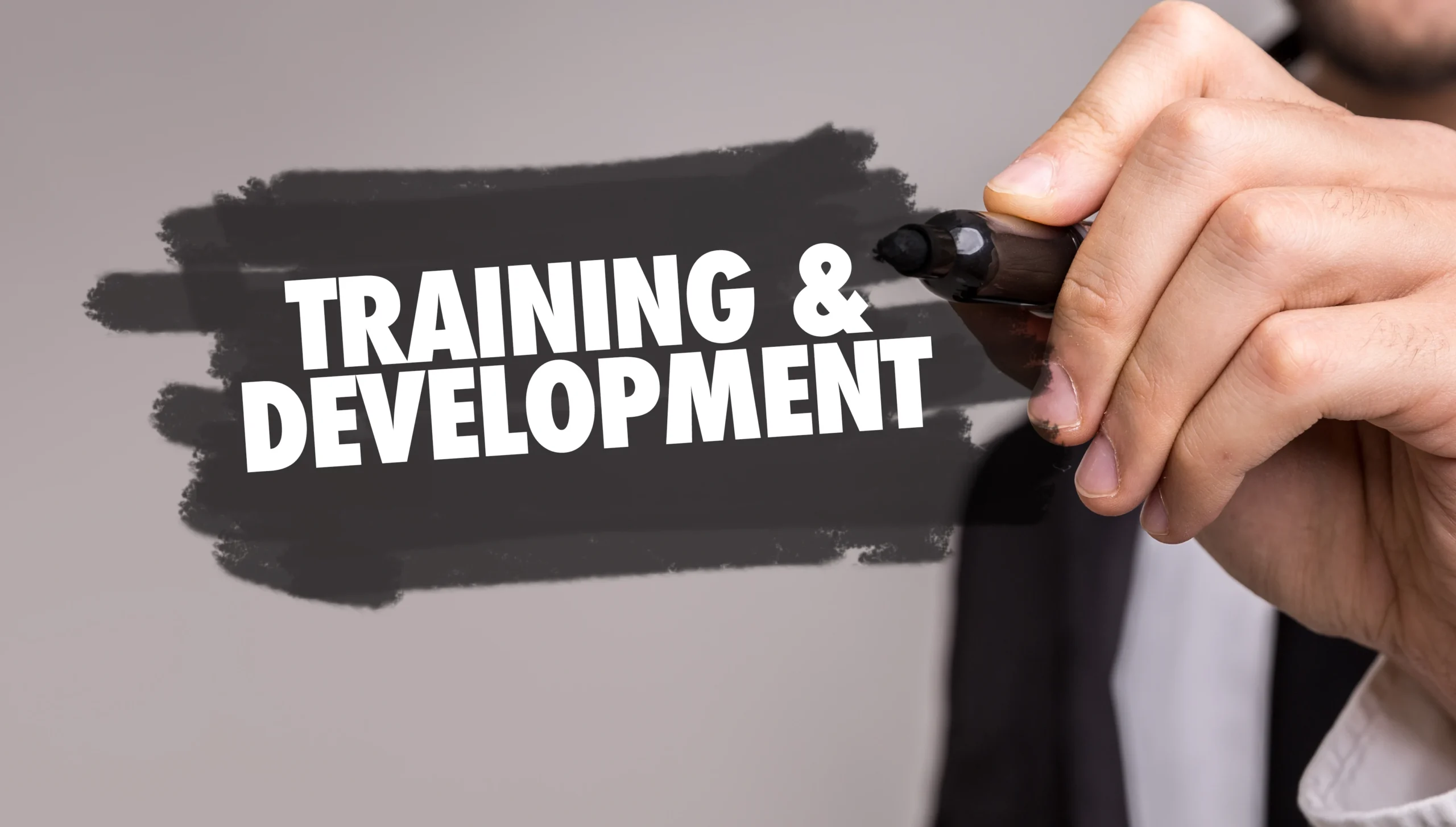The Need for Speed: Unleashing Your Fastest Run

Running fast is a pursuit that has captivated humans for centuries. From ancient foot races in Greece to today’s professional sprinters breaking world records, the desire to run at incredible speeds is deeply ingrained in our nature. Whether you’re an aspiring athlete looking to improve your sprinting abilities or a recreational runner seeking to boost your pace, running fast is an exhilarating and achievable goal. In this comprehensive guide, we will explore the science, techniques, and training strategies that can help you unleash your fastest run.
I. The Physiology of Speed
Before delving into techniques and training, it’s essential to understand the physiological factors that influence your ability to run fast:
- Muscle Strength: Running fast requires powerful leg muscles, particularly the quadriceps, hamstrings, and calf muscles. These muscles generate the force needed to propel your body forward.
- Explosive Power: Sprinting involves explosive movements, and your muscles need to generate rapid bursts of energy. This requires both fast-twitch muscle fibers and neuromuscular coordination.
- Aerobic Capacity: While sprints are short bursts of speed, aerobic capacity still plays a role in sustaining your effort and preventing early fatigue.
- Running Economy: Efficient running mechanics reduce energy wastage and contribute to faster speeds. Proper form and technique are crucial.
II. Techniques for Running Fast
Running fast isn’t just about exerting maximum effort; it involves mastering proper techniques to maximize your speed. Here are key techniques to incorporate into your running:
- Stride Length and Frequency: To run faster, aim to increase your stride length and stride frequency. Longer, powerful strides will propel you forward more quickly.
- Arm Action: Your arms play a significant role in running. Keep them relaxed but engaged, and pump them back and forth in sync with your leg movements. This aids balance and propels you forward.
- Posture and Alignment: Maintain an upright posture with a slight forward lean from the ankles. This promotes better balance and helps direct your energy forward.
- Foot Strike: Aim for a mid-foot or forefoot strike rather than landing on your heels. This minimizes braking forces and allows for a more efficient push-off.
- Breathing: Develop a rhythm for your breathing to coordinate with your strides. Deep, controlled breaths help oxygenate your muscles and reduce fatigue.
III. Speed Training Strategies
Now, let’s explore various training strategies and exercises to enhance your speed:
- Interval Training: Interval workouts involve alternating between short, intense bursts of speed and recovery periods. For example, you can sprint for 30 seconds and then jog or walk for a minute before sprinting again. This builds both speed and endurance.
- Hill Sprints: Running uphill forces your muscles to work harder, making it an excellent way to develop strength and power. Find a hill with a moderate incline and perform sprints up it.
- Plyometrics: Plyometric exercises, such as squat jumps and bounding drills, enhance explosive power, which is crucial for sprinting. Incorporate plyometrics into your training regimen to build strength and speed.
- Resistance Training: Strength training, especially exercises that target the lower body, like squats and lunges, can improve muscle strength and enhance your ability to generate force.
- Sprint Drills: Include sprint-specific drills like A-skips, B-skips, and high knees in your workouts. These drills focus on form, speed, and coordination.
- Over-Speed Training: Over-speed training involves using techniques like downhill running or assisted sprinting to encourage your body to move faster than it normally would. This can help improve your neuromuscular coordination.
IV. The Importance of Recovery
While intense training is essential for improving speed, adequate recovery is equally important. Here’s why recovery matters:
- Muscle Repair: Intense workouts create micro-tears in your muscles. Proper recovery allows these tears to heal and become stronger.
- Preventing Injury: Overtraining without sufficient recovery can lead to injuries like muscle strains or stress fractures. Rest days and active recovery activities, such as swimming or yoga, can reduce the risk of injury.
- Optimal Performance: Quality sleep, hydration, and a balanced diet are critical for maintaining peak performance. Adequate rest ensures your body is ready for high-intensity workouts.
V. Mental Strategies for Speed
Running fast also involves a strong mental component. Here are some mental strategies to help you achieve your fastest run:
- Visualization: Before a race or intense training session, visualize yourself running at your desired speed. This mental rehearsal can boost confidence and focus.
- Positive Self-Talk: Replace negative thoughts with positive affirmations. Encourage yourself during challenging moments to stay motivated and push through.
- Goal Setting: Set specific, clever, measurable, and time-bound goals for your speed improvement. Breaking down your goals into smaller milestones can make progress more achievable.
- Mindfulness: Practice mindfulness techniques to stay present during your runs. This helps you maintain focus and prevent distractions.
- Race Strategy: Plan your race strategy in advance. Knowing when to accelerate and when to conserve energy is crucial for running fast in races.
VI. The Role of Nutrition
Nutrition plays a significant role in your ability to run fast. Here are some dietary considerations:
Carbohydrates:
Carbohydrates are your body’s primary source of energy. Ensure your diet includes an adequate amount of complex carbohydrates to fuel your workouts.
Protein:
Protein is essential for muscle repair and growth. Incorporate lean sources of protein, such as chicken, fish, and tofu, into your diet.
Hydration:
Proper hydration is crucial for performance and recovery. Drink water before, during, and after your runs to stay hydrated.
Nutrient Timing:
Timing your meals and snacks around your workouts can optimize energy levels. Have a balanced meal or snack with carbohydrates and protein about 1-2 hours before training.
Supplements:
Consult with a healthcare professional or sports nutritionist to determine if supplements like creatine or caffeine can benefit your speed training.
Conclusion
Running fast is a thrilling pursuit that combines physical fitness, mental fortitude, and a commitment to continuous improvement. Whether you aspire to be a competitive sprinter or simply want to challenge your personal records, the journey to unlocking your fastest run is both rewarding and achievable. By understanding the physiology of speed, honing your running techniques, implementing effective training strategies, prioritizing recovery, and nourishing your body, you can unleash your full potential and experience the exhilaration of running at your fastest pace. Remember, the path to speed is not just about the destination but the incredible journey of self-discovery and growth along the way.
If you’re interested in exploring more information on running techniques, training strategies, or related topics, consider looking into content on RedGif.










